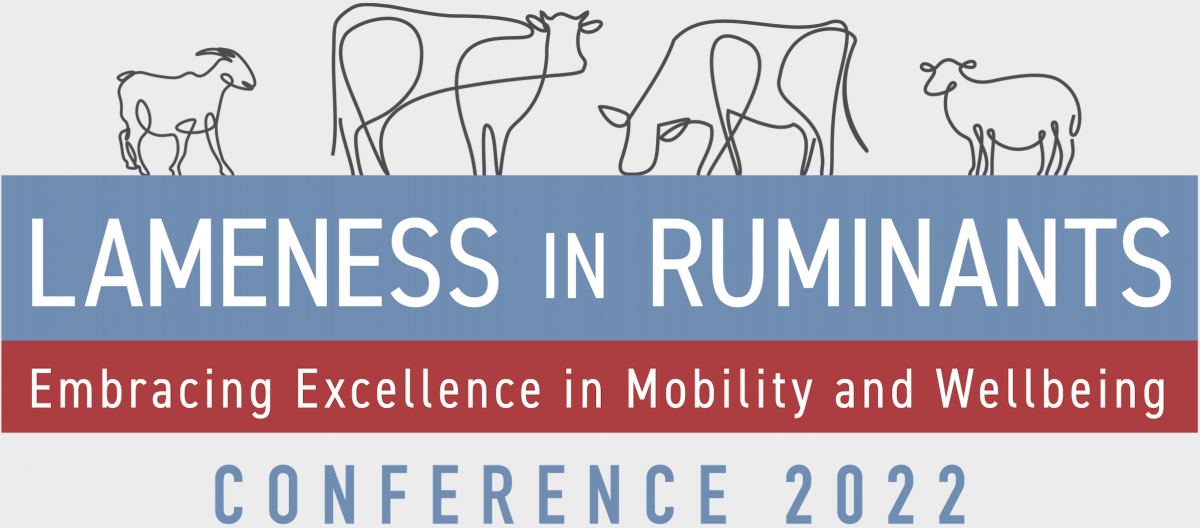Event Recap: Conference on Lameness in Ruminants
Written by CDCB
September 14, 2022

Javier Burchard and Kristen Parker Gaddis presented initial project findings at the 21st International Symposium on Lameness in Ruminants, in August 2022, in Bloomington, Minnesota. Comments from global researchers in attendance reinforced that the approach of CDCB and University of Minnesota – with the farm as focus and data collection source – is the most effective route to ensure the sustainability of the hoof health data pipeline.
What were your top takeaways?
Burchard: It was interesting to interact with a highly diverse group of global experts in various themes related to mobility and hoof health. Topics ranged from very practical hoof health care techniques for prevention and wound healing, to sophisticated livestock precision systems that are designed to diagnose and prevent lameness.
Gaddis: It was a stimulating experience to attend a conference with a specific focus – hoof health – with so many different specialists and experts. Attendees and speakers included welfare specialists, hoof trimmers, veterinarians, epidemiologists, university researchers, nutritionists, and even some from human medicine. This speaks to how complex hoof health is. One comment that I heard repeated again and again was the need for more data. There is a lot of fascinating research being conducted, but the data must be expanded before broad conclusions can be drawn.
The most thought-provoking presentation?
Burchard: Steve Paul of the National Association of Cattle Foot Trimmers. This organization in United Kingdom functions well in their commitment to serve dairy farmers and hoof trimmer practitioners with modern education, outreach and services.
Gaddis: I enjoyed the opening session by Gerard Cramer (University of Minnesota) and Nigel Cook (University of Wisconsin-Madison) – a great introduction with an interactive real-world example. They tested several preconceived beliefs regarding hoof health and emphasized how the environment and herd-specific management play a significant role in outcomes.
How will CDCB apply the learnings?
Burchard: Establishing a successful and sustainable hoof health data pipeline that can produce genetic evaluations and management tools must leverage a multidisciplinary approach with all essential stakeholders, including producers and farm managers, hoof trimmers, veterinarians, universities, industry representatives and others.
Gaddis: Throughout CDCB’s hoof health initiative, it will be critical to remember that hoof health requires the expertise of numerous disciplines. I am excited for genetics to have a bigger role in improving herd health. Even then, management will continue to have the most significant impact.